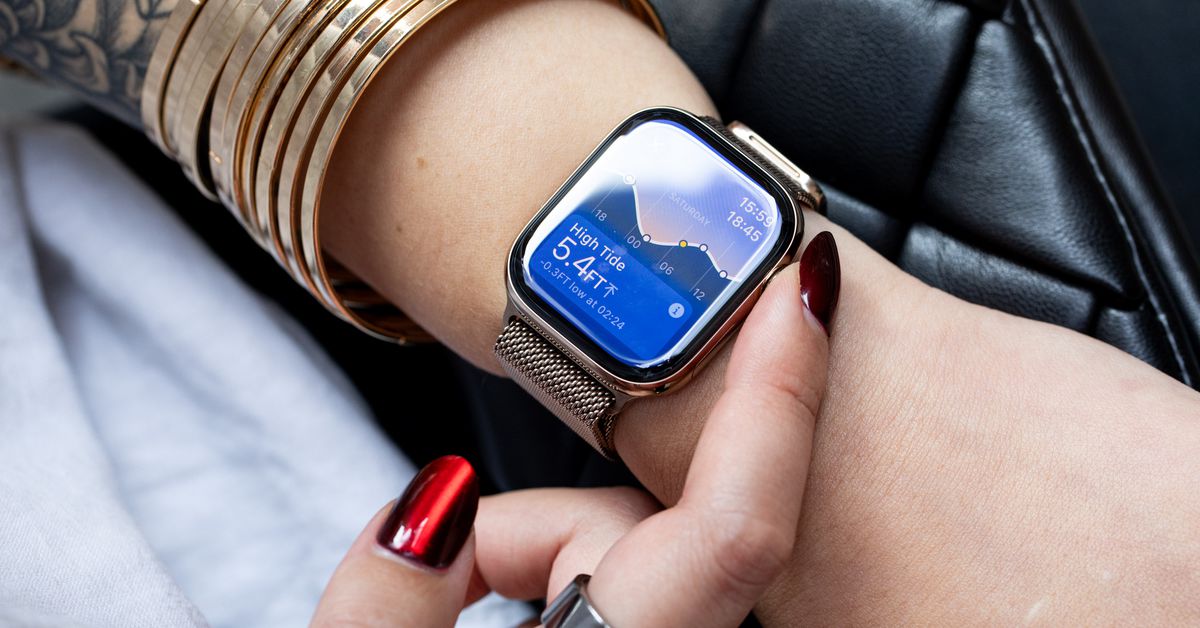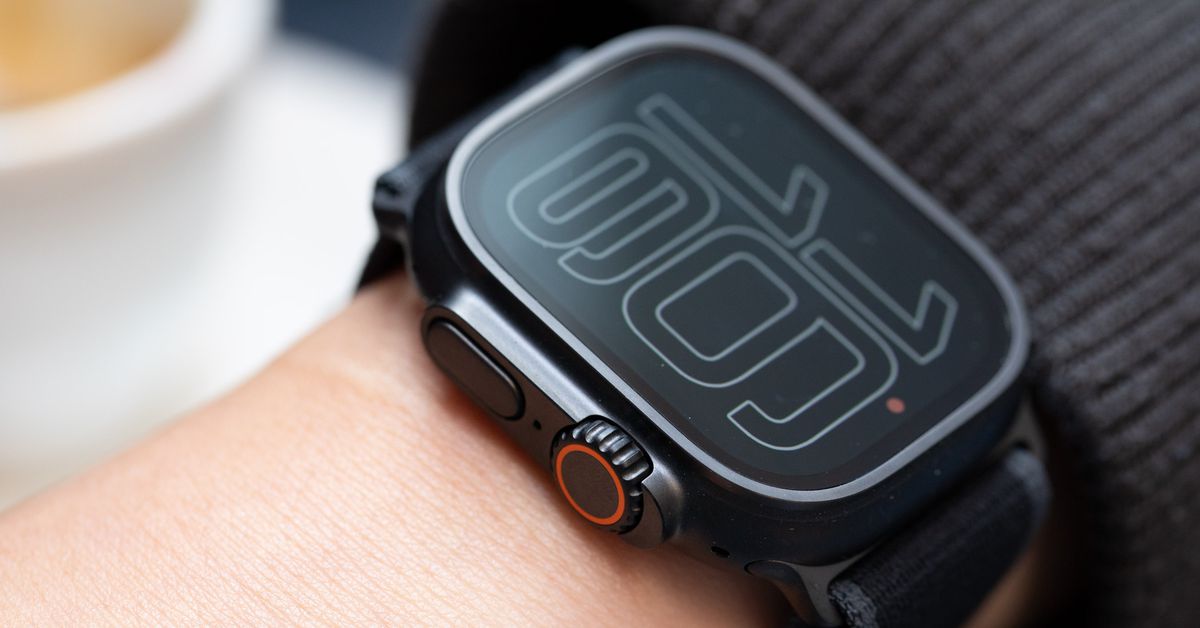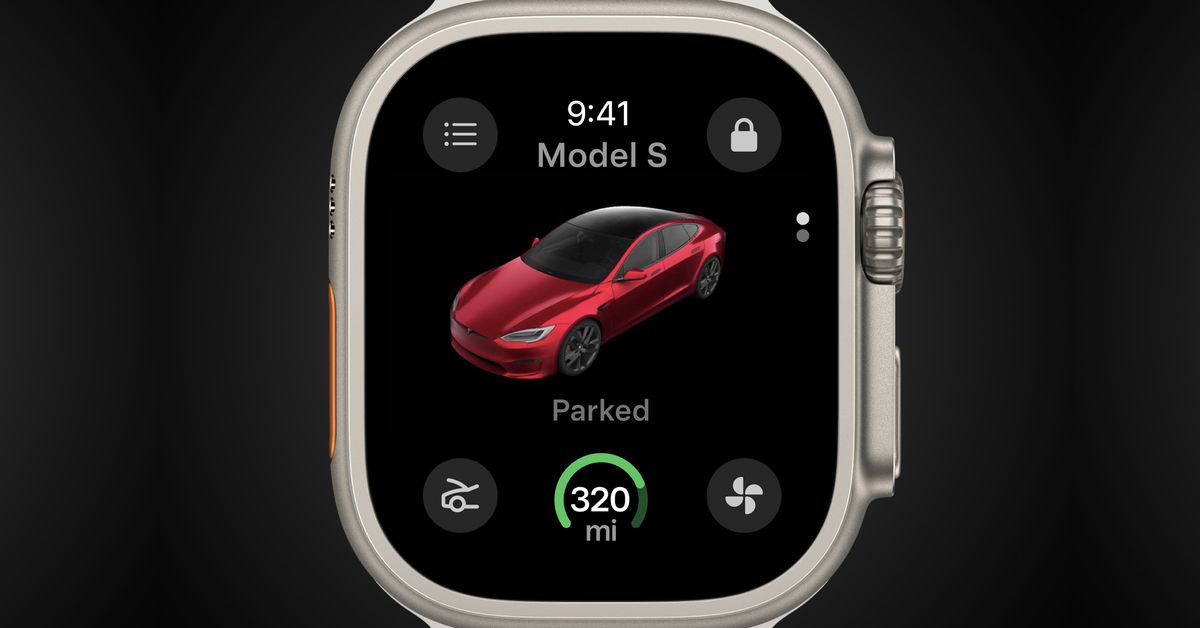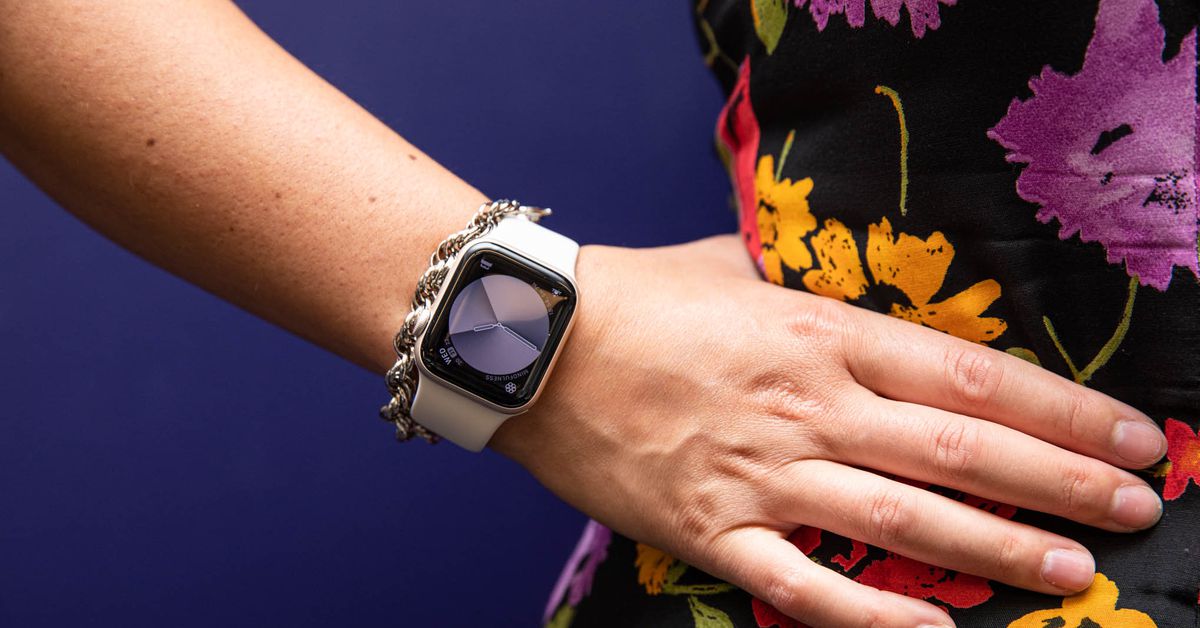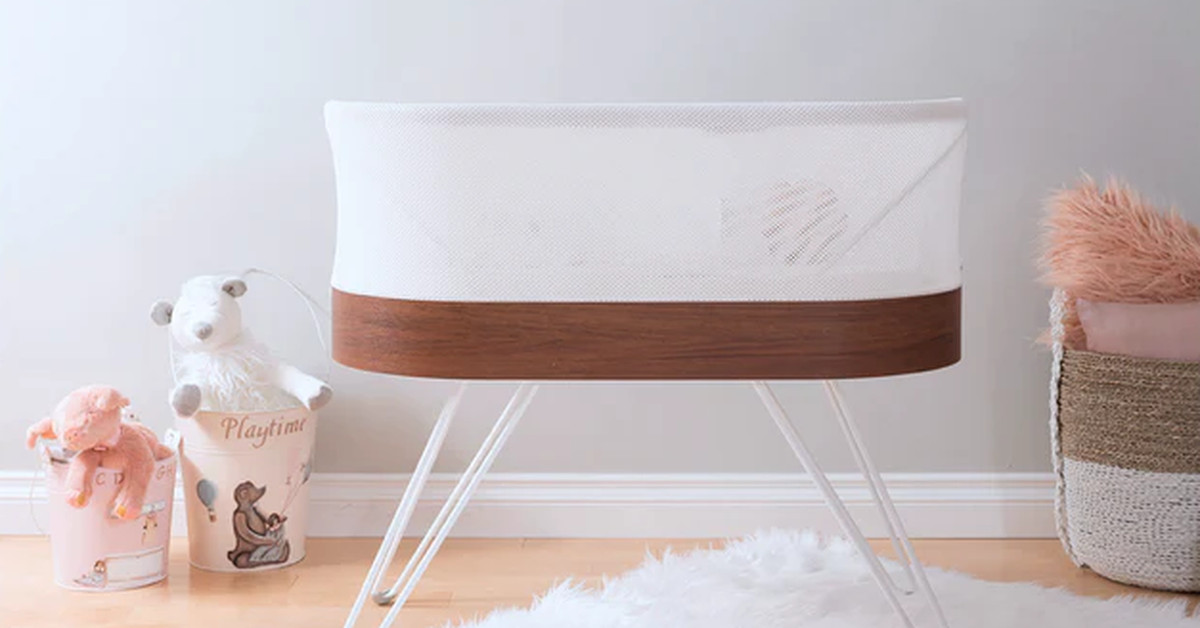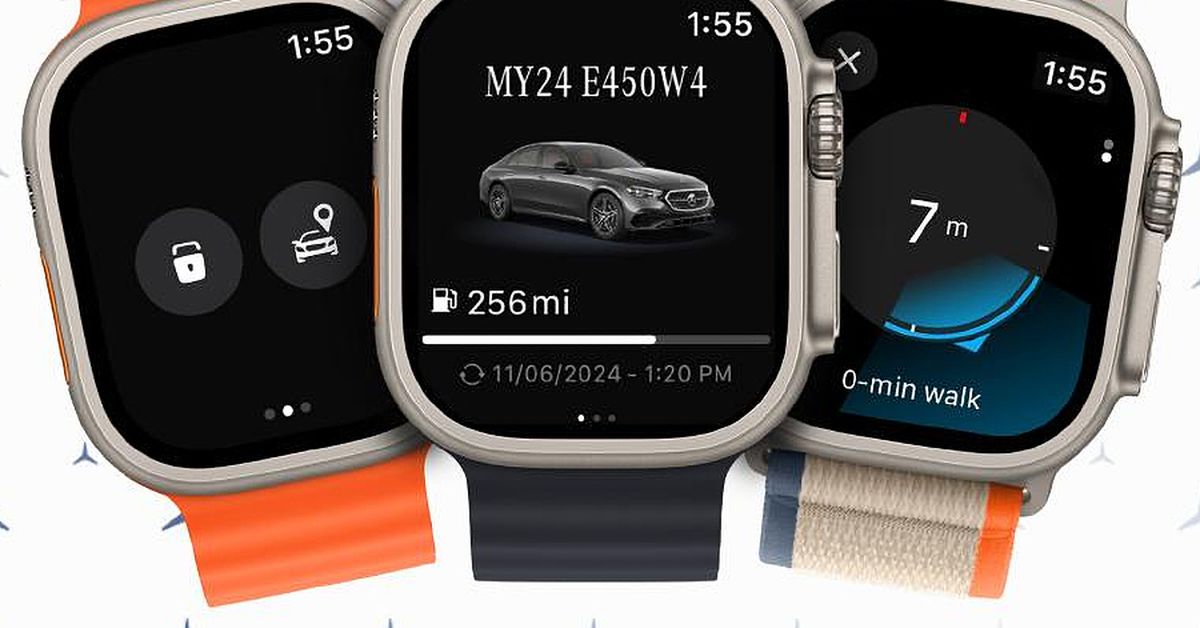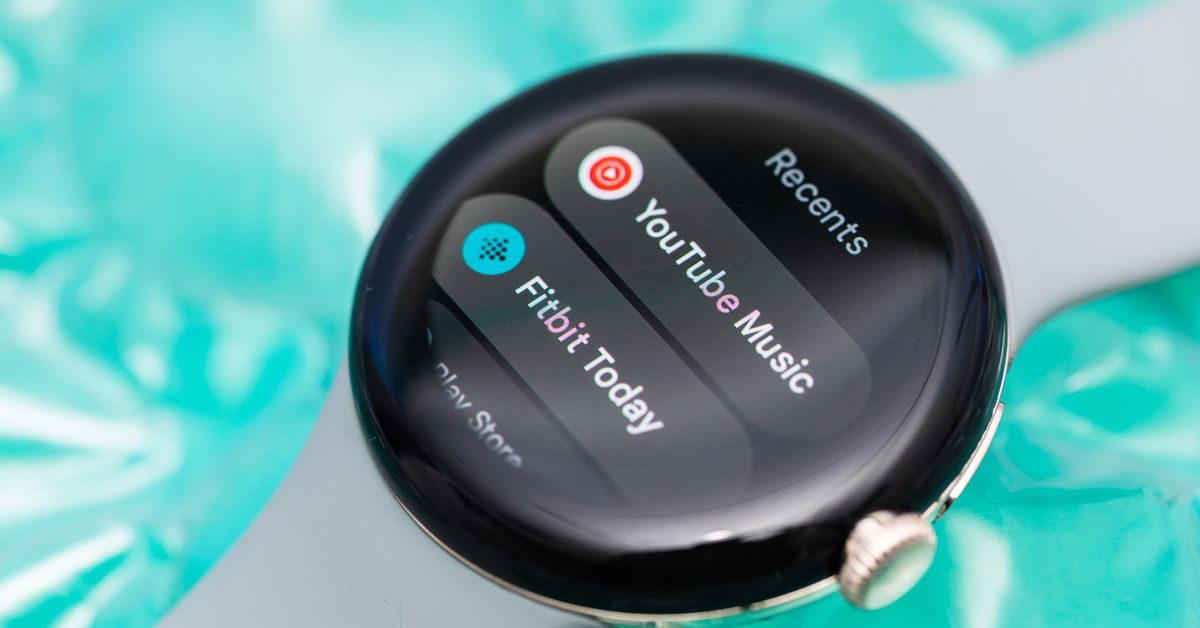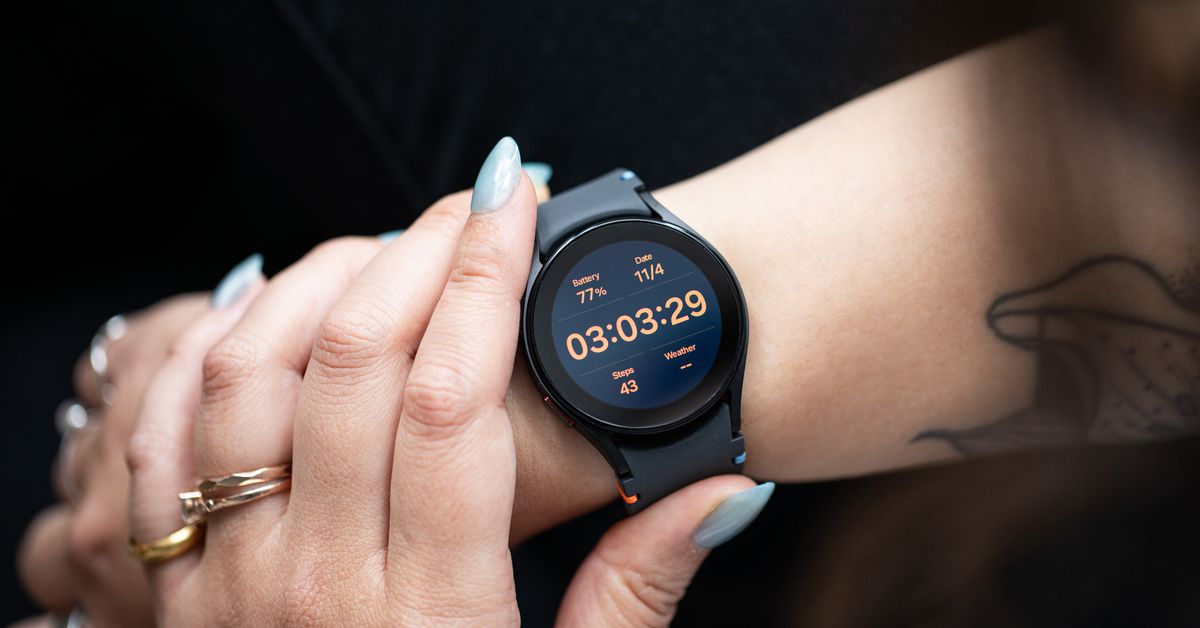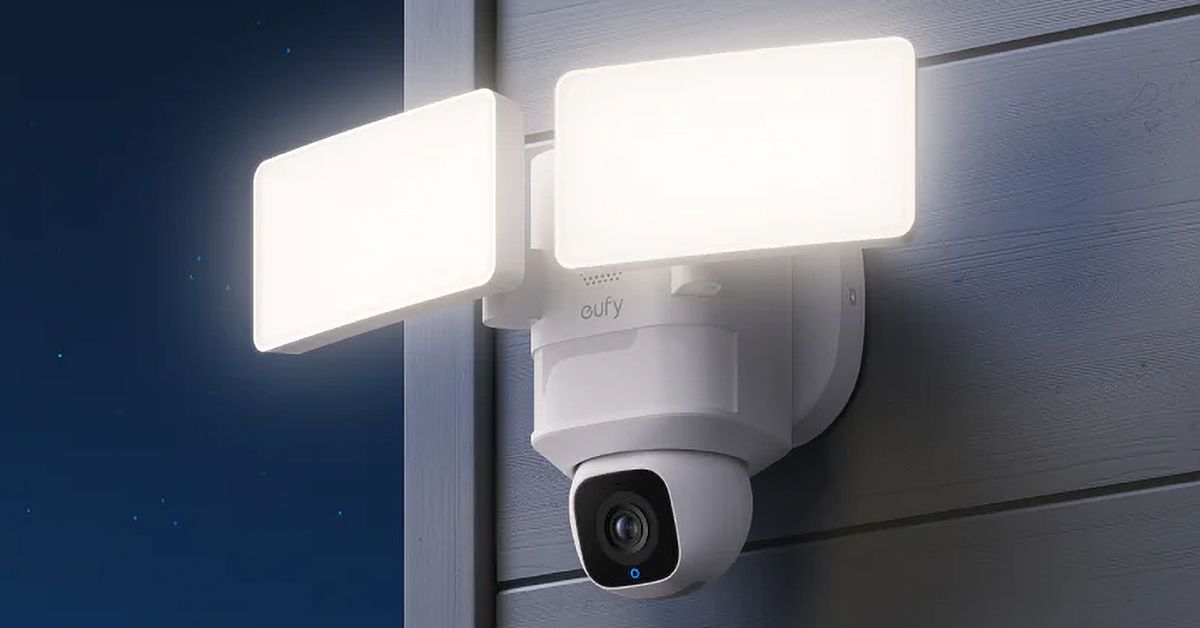Parenthood is abrupt and total.
When I went to the hospital, I understood that I’d be sent home with a vulnerable being who would require constant care, but it was impossible to prepare for what that actually felt like.
I’d loved being in the maternity ward, a leisurely four nights thanks to a C-section and a few complications, where I was surrounded by perky and competent nurses who took care of me and my baby, checking my bandages and bringing me ice and answering my questions.
(I had a lot of questions.)
“If she doesn’t want to eat, is that okay?”
“What does that raspy noise mean?”
“Her lower lip keeps quivering, is that okay?”
“Does she need to keep the hat on all the time?”
“How often should I change her diaper?”
When we were discharged, my husband and I secured our newborn into a car seat on the checkered linoleum floor. The strap tightening system was confusing, and there were warning labels explaining the baby might become airborne or get strangled.
I asked a nurse on the way to the elevator if she could take a quick look to see if we’d strapped the baby in properly.
“Oh, I’m actually not legally allowed to help with that,” she said. “Sorry!”
The moment we stepped out of my hospital room, we were on our own.
We arrived home to an apartment that had rendered itself strange and irrelevant in its structure: it had belonged to different, childless people. We spent hundreds of dollars over the next two days overnighting bottles and breast pumps and swaddles: we needed diaper cream, and we needed it right now.
Somewhere within those bleary first days, I downloaded an app on my phone that promised to help me keep track of everything.
There are dozens of them, where caregivers can log how many ounces of milk their baby drank or how long they breastfed, how many minutes or hours a child slept, when they last had a bath or their diaper changed.
The reasoning behind this cataloging is pretty simple. A baby’s health is often determined by its regularity: how much the baby consumes, how much the baby excretes, how much the baby sleeps.
When things deviate from the norm, it can be a sign that something is changing or that something is wrong: the baby is sick, the baby has an allergy, the baby is not getting what she needs.
When a child is cared for by more than one person, she can be handed back and forth between two or three tired people without a lengthy explanation of how much she’s slept or eaten: we can just check the app.
I was a woman of advanced maternal age, which means I’d taken a very long time to decide that I wanted to be a mother, and now that I was one, I wanted the data.
And the data was adorable: when I logged my baby’s diapers, the app said: “Eloise had a little poo and a little pee.”
I opened the app dozens of times throughout the dreamy yet punishing expanse of a day, the tracker neatly converting our care back into minutes and hours, which had otherwise lost all meaning.
There were so many mistakes that I could make, but the data was unimpeachable.
She was safe, she was loved, she was cared for: here was the proof.
But a lot of my friends didn’t feel like they needed an app to keep track of their babies.
Tara said: “Proud to say I avoided these! I’m too lazy to track my baby’s every poop and nap, plus it just seems absurd, and I know it would exacerbate my already-spiraling postpartum anxiety.”
Whit said: “I was so tired and overwhelmed, I wouldn’t have been able to keep on top of tracking, and the last thing I’d have wanted is to be obsessing over what some metric means.”
And some who did so more aggressively than I ever did.
Leah is a project manager at an education and social impact firm who spent 10 years working in operations at elementary schools, experience she calls “a Venn diagram of thinking about kids and data.”
So when she became pregnant with her son, she approached the pregnancy with the same tools she used at work, creating spreadsheets to track her progress preparing for the baby’s arrival.
She describes her baby’s data as a well of private joy.
Tracking was a way to feel in control during a period when new parents — especially those who just gave birth — can feel powerless.
For me, the exhaustion of early parenthood felt enhanced by the fact that my love for my daughter was imbued with responsibility: since the moment I became pregnant, that obligation was relentless.
I could marvel at how sweet she was or how cute her sounds were, but I couldn’t totally relax into that feeling because I had to simultaneously remain vigilant in keeping her alive.
But at night, as she rocked peacefully in a $2,000 SIDS-risk-reduction self-soothing robotic bassinet, I could watch videos of her and sink unambiguously into my delight in her, scroll through the week’s data and bask in the ounces she consumed with the certainty that they were making her stronger and less vulnerable every day.
When she outgrew her bassinet and moved into her own room, we propped a Nest Camera up on the bookshelf overlooking her crib.
Now, I didn’t even need to be home to see her.
The Nest provided a strange, sweet record of us together, in moments that would otherwise be invisible: in a way, it allowed me to experience her twice.
But sometimes the freedom that the monitor promised also felt like a liability. No matter where I was, I could open an app and see if my baby was asleep. Sometimes, I realized I wasn’t checking to see if she was asleep so much as if she was still alive.
I’d be sitting at dinner with friends, or on the subway, zooming in on my spookily night-visioned baby, looking for confirmation that I could see the folds in her rainbow-speckled pajamas rise and fall with her breathing.
I have access to a space parents before me never got to see, and that is both a comfort and a burden.
When the first baby monitor was invented in 1937, 6% of babies died of illness or accident before their first birthday.
But the impetus for developing the technology had nothing to do with those very real threats.
Instead, the baby monitor rose from an event so sensational that it was constantly in headlines: the abduction of the Lindbergh baby in 1932.
The president of the Zenith Radio Corporation was terrified that his daughter might also be snatched from her crib, so he started rewiring some radios at home before assigning the task of concocting a one-way monitor to his employees.
The model was designed by the not-yet-famous Isamu Noguchi, who’d go on to popularize mid-century modern home decor.
But the radio nurse was expensive, and the unit didn’t take off.
The whole concept didn’t gain real traction until the 1980s, when Fisher-Price released the baby monitor that my parents bought when they had me.
Once, they left it too close to the oven and the plastic warped vaguely in a Dr. Seuss sort of way, and sometimes at naptime they’d hear the muffled sounds of a neighbor chatting on their cordless phone over the crackle of the monitor’s static.
I couldn’t relate to the inventor’s fear of child abduction, but there were so many things to be scared of. The possibilities swirled around me: SIDS, mass shootings, political instability, gas leaks, rising sea levels, button batteries, war, food allergies, drowning, RSV, the hottest year on record, fascism, bulletproof nap mats, fascism, sleepovers, car accidents, nuclear weapons, and the vague threat of ultraprocessed foods.
The companies that push ads to my Instagram while I’m rocking my baby to sleep know this. They capitalize on the fact that there is no greater loss than that of a child, that even imagining it for most parents is utterly unbearable, and that we’ll often shell out as much money as we’re able to give ourselves some semblance of hope that we can control the untamable world into which we’ve born our children.
When Chloe* [name has been changed] and her partner had their first child, they bought a monitor that promised peace of mind.
The Miku Smart Baby Monitor provides baby sleep analytics, tracks respirations per minute, and “analyzes and stores data to build a bigger picture of your child’s behavior over time.”
She found most of the Miku’s features unhelpful — it constantly gave off false alarms that their son had stopped breathing — but she became fixated on its motion detection.
“If my mom or my partner would do his routine, I could see how they were doing it — and I could critique it.”
Sometimes, when her husband put their baby down at night, she’d watch on the monitor and see him take a phone call or respond to an email while he stood next to the baby’s crib, and it enraged her.
He’d gone back to work much earlier than she had, so she’d created all the systems that maintained their son’s daily rhythms. “There was a specific way I wanted things done, and the only way I knew he was deviating from it was because I could see and hear it on the monitor.”
Her husband wasn’t putting their son in danger when he looked at his phone, but it was still painful for her to witness. “I would be holding him to standards that I didn’t keep myself. I remember being glad that there was no one monitoring me.”
Chloe’s desire to surveil her baby only increased after she returned to work. She bought cheap, low-res security cameras and hid them under the living room bookshelves so she could observe her baby’s nanny.
“Then my husband confiscated them,” she said.
Once, she hid an Apple AirTag in her baby’s diaper bag. When the nanny took her son out for a walk, Chloe followed in her car.
“I was driving by the bench where the nanny was sitting with my baby, and my heart rate kind of rose up and I got that feeling in my stomach like, ‘I’m about to find something out that I want to know, but it’s going to change something.’”
“You’re seeing something that you’re not supposed to be seeing.”
“What sort of bad things might I uncover if I looked? The baby trusts me to be looking after him.”
Nanny cams and GPS tracking of childcare workers raise all kinds of ethical questions, but Meg Leta Jones, a policy and privacy scholar (and mom of three) says, “The high-level takeaway is that it feels bad to be far away from your kid.”
The ways in which technology complicates this distance is a common scholarly argument against tools like video monitors: they keep us both too far from and too close to our children.
In the book Supervision: On Motherhood and Surveillance, Sophie Hamacher says, “All of these baby monitors create a distance that seems unhealthy. If you closely observe and are caring for your child you don’t need all of this technology. Doesn’t care also have to do with proximity of the body to another body? With all this technology there is no proximity.”
Conversely, in the same book, Laëtita Badaut Haussmann says, “I think there is a forced, even unhealthy, proximity through surveillance tools, Let’s say you are in a different room from your child. You are going to have the monitor and you will be regularly checking while you read a book or whatever. So your screen will be lighting up every minute — it’s automatically and regularly updating. You cannot get a proper distance because you are constantly tethered to it. It’s actually terrifying.”
But figuring out the right distance from which to parent is a problem that existed long before pregnant people added video monitors to their digital gift registries.
In 2001, novelist Rachel Cusk published A Life’s Work, her first memoir, about becoming a mother. It investigates the ambivalence of parenthood so honestly that one critic called for the removal of her children from her care. It’s also the book I’ve seen my experience in more clearly than any other I have ever read.
Cusk writes, “It is as difficult to leave your children as it is to stay with them. To discover this is to feel that your life had become irretrievably mired in conflict, or caught in some mythic snare in which you will perpetually, vainly struggle.”
I’ve felt this struggle since the beginning of my pregnancy, when I couldn’t rationalize my inability to walk away from my role as incubator, even for a moment, pop off my belly for a quick breath of relief, or a bloody steak, or a martini.
I understood then and now as a parent that it is my consummate duty to keep my child safe, but I remain suspicious of the narrative that my biologically imbued motherly intuition is always and only the strongest force in ensuring her care.
What if surveillance can provide relief from the demands of parenthood that are otherwise so mind-bendingly total?
Ten months after my daughter was born and I’d undergone the categorical shift from woman to mother, I stood at a backyard party a few miles from our apartment, where her father had just put her to bed.
I’d spent the day with her; she’d eaten watermelon and gotten magnificently sticky and coated in its juice, and now I was out, on a perfect New York night, without her.
At some point in the evening, I reflexively slipped my phone from my pocket, opened the Nest app, and propped it up next to me so I could occasionally glance over and see her, asleep in her crib.
It wasn’t as if I thought I needed to watch my daughter on camera to ensure that she was safe and happy. I knew, rationally, that she was fine.
But witnessing the contented curl of her tiny body took away any vague guilt I had about being present somewhere without her. The presence of that shame was perhaps a bigger problem than whether I had a video monitor or not.
Some of my watching is twinged with terror, but most of it is more banal: she’s going to continue to grow and change, and I’m going to miss parts of it.
Surveillance sometimes feels like a way for me to try to hold onto the parts of her that I know I cannot keep.


